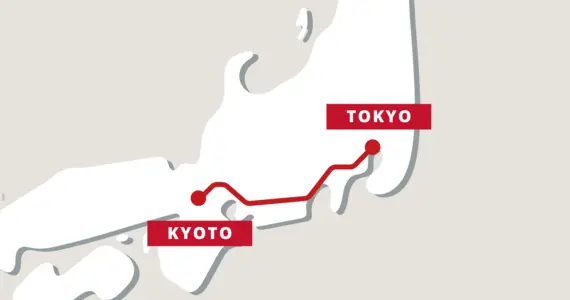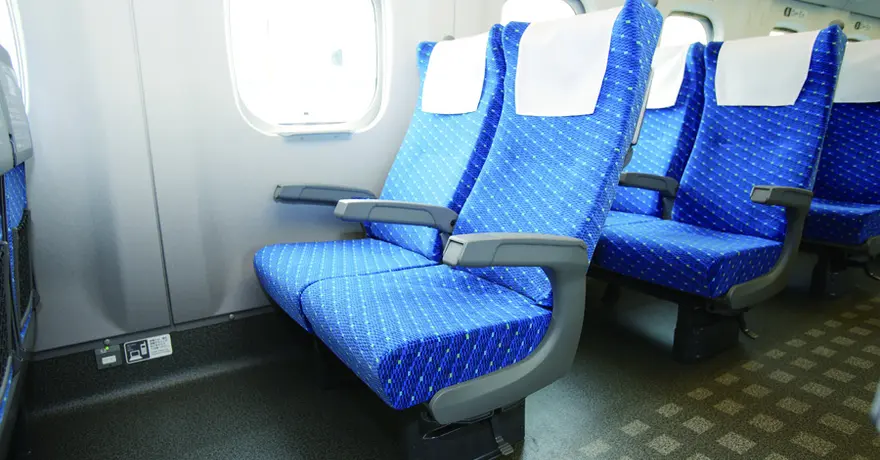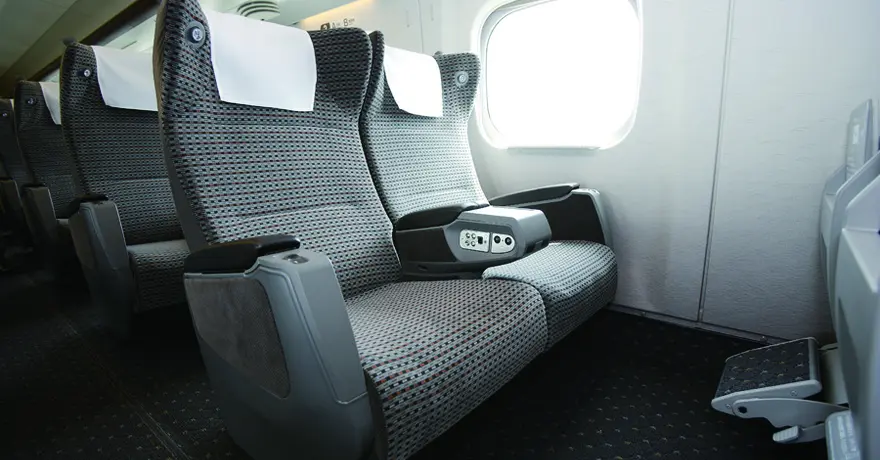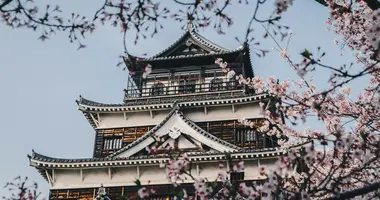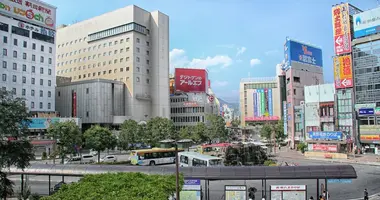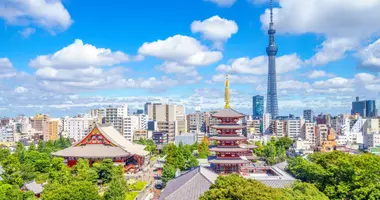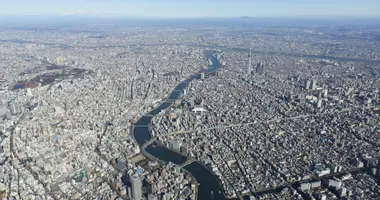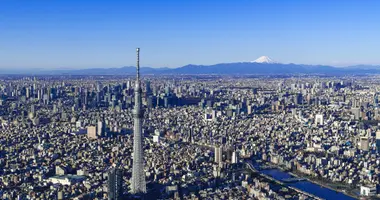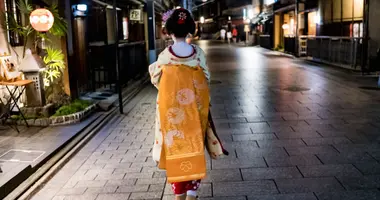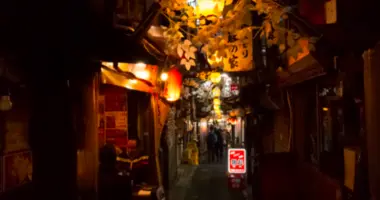Train Tickets from Tokyo to Kyoto
Official train tickets seller
Choose your preferred seat
7/7 Assistance

Travel conditions
Buy your train tickets in Japan in 3 easy steps
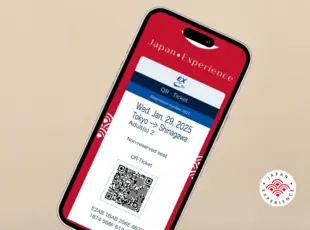
Trains in Japan: what does it look like?
What our customers say about us
Your opinion matters to us.
Travel advice from our Japan train expert
Traveling by train in Japan
Japan has a well-developed rail system that serves as a practical way to get around, whether locally or across the country. This means that both locals and tourists often find themselves hopping on trains almost every day, whether it's their local lines or the famous Shinkansen bullet trains. If you're visiting Japan for the first time, you might be wondering how important train travel will be during your trip.
Even though train travel is a common part of life in Japan, there are a few things you should know or prepare for before you board your first train. This is true even if you're coming from a place where train travel is already a big deal.
Why are trains so popular in Japan?
Japan's rail system is considered one of the best globally. Riding the train in Japan can be described in three words: efficient, fast, and clean. Until you actually experience it, it's hard to grasp just how easy and incredibly convenient train travel is in Japan. Even with millions of passengers using the system daily, the trains remain spotless, punctual, and well-maintained. For many, this might sound like a dream compared to the train services in their own countries.
There are plenty of reasons behind this amazing railway system, but it really boils down to Japan's dependence on imported fossil fuels. This need pushed the country to invest heavily in its train transportation network. Since the late 1800s, Japanese train companies have been constructing lines to move people and goods efficiently from one place to another. Because of this extensive network, cities started to develop around train stations. While many Western cities focused on car-based infrastructure, Japan primarily shaped its urban areas around these train hubs. In most Japanese cities, you'll find that train stations serve as the economic and demographic heart of the area.
Thanks to smart investments in its train system, Japan has successfully built one of the fastest, safest, and most reliable rail networks in the world!
Shinkansen information
The Tokaido Shinkansen, connecting Tokyo and Kyoto, is a bullet train line renowned for its efficiency and speed. With stops at major cities like Nagoya and Osaka, the Shinkansen covers a distance of approximately 500 kilometers (310 miles) between Tokyo and Kyoto. The journey, taking on average 2 hours and 20 minutes, allows travelers to witness the changing landscapes from the Kanto region to the Kansai region. Bullet trains from Tokyo to Kyoto depart from the Japanese capital at Tokyo Station and arrive at Kyoto Station.
Different types of Shinkansen available
To get from Tokyo to Kyoto, you can choose between three types of Shinkansen high-speed bullet trains: Hikari, Kodama and Nozomi. Hikari trains make fewer stops and take around 2 hours and 40 minutes to complete the trip. Kodama stop at more stations, and thus the Tokyo to Kyoto journey takes a little over 3 hours and 30 minutes. The Nozomi is the fastest of the options, being an express train, but it'll cost you more. This Shinkansen also operates only with reserved seats.
No matter the type of train, reclinable seats, overhead storage, power outlets, and more are available on board! You can be sure that traveling from Tokyo to Kyoto by Shinkansen will be both efficient and comfortable. Be sure to research all seat and car options to book the train ticket adapted to your travel needs.
How to get to Tokyo Station
Tokyo Station is located in central Tokyo, and is at the crossroads of many public transportation lines, being the main departing station for Shinkansen trains in Tokyo. Multiple JR lines, such as the Yamanote, Chuo, Keiyo or Sobu lines, stop at Tokyo Station. The Marunouchi subway line, as well as several bus lines and airport transfer options, also stop at Tokyo Station.
Where to go from Kyoto Station
Kyoto Station is located right in the heart of the old Japanese capital and is served by multiple public transportation lines from JR or Kintetsu, the regional rail operator in the Kansai area. The Karasuma subway line also stops at Kyoto Station. Kyoto's famed and extensive bus network also revolves around Kyoto Station, meaning you can hop on a wide choice of bus lines to get to where you need in Kyoto.
Other itineraries you may be interested in
What to do in Tokyo and Kyoto? Discover our activities!
Frequently Asked Questions about Train Tickets in Japan
